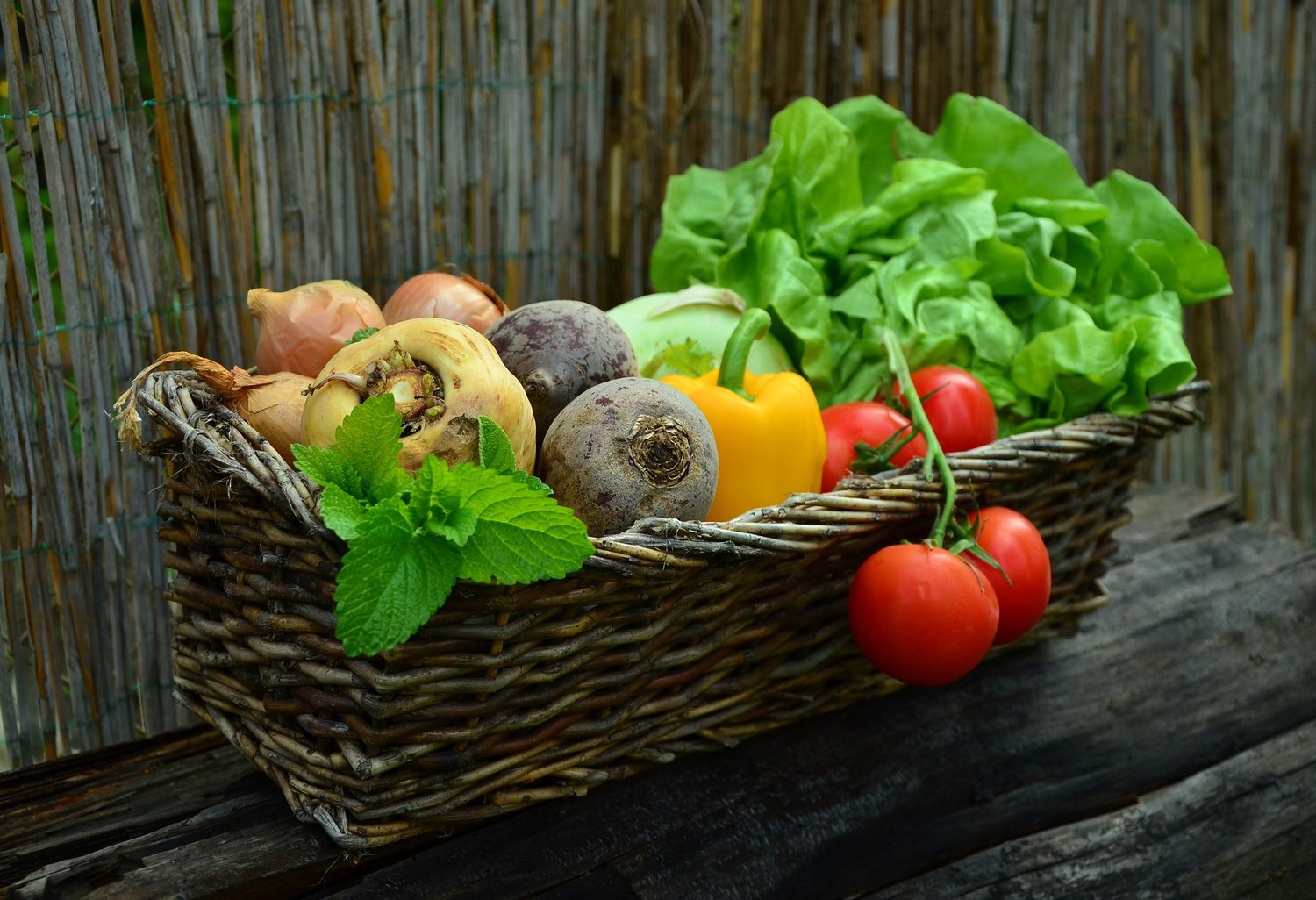Dear system change leaders,
In the first edition of your #LoveFood newsletter, we introduced 3 companies that offer alternative food containers and packaging, so that eating stops rhyming with plastic wasting. Today, we’re exploring the footprint of food production and celebrating seasonal fruits and vegetables!
How do the lovely meals you enjoy every day impact the environment? There are four dimensions to watch:
- Virtual water footprint or water backpack, which is the total amount of freshwater that is required to produce a good. For food production that entails all water used during farming, transport and processing. Freshwater is considered one of the most important limited natural resources, and under constant threat of overexploitation and pollution. 92% of the water we use is used in food production.
- Land occupation footprint or ecological footprint: The ecological footprint is a measure of the use of bioproductive space and describes the surface of land, including cropland and grassland, necessary to produce foodstuff. To feed a growing world population, the efficient use of arable land is an important consideration.
- The carbon footprint is the total volume of greenhouse gas emissions (measured in carbon equivalents) from growing, rearing, farming, processing, transporting, storing, cooking and disposing of the food we eat. By far the largest share of these emissions is land use related due to the high global warming potential of for example nitrous oxide (298x relative to the GWP of CO2), and methane (>25x), which result from animal husbandry (manure management) and fertilizer application.
- For animal-based products, there is one more dimension to consider, the feed conversion ratio. This is a measure of the efficiency with which bodies of livestock convert animal feed into the desired output for human consumption (milk, eggs, meat) and is usually calculated in the mass of input divided by output. For meat production, the inputs are accumulated over the lifetime of the animal until slaughter. For eggs and milk, the input is broken down over the total volume of production in the animal’s lifetime.
So, where does that leave us?
Just an example: If we look at the footprint of 1kg of beef compared to the footprint of 1kg of wheat, the water backpack is 15x higher, GHG emissions 20x higher and land use 5x higher. In addition, beef requires 6kg of grain (over the full lifetime of the animal) per kg of meat and provides only 70% of the calories of 1kg of wheat. We’ll let you ruminate on the subject!
Whatever type of food you choose to eat though, there’s another simple way to reduce the footprint of your feasts: buying local food and eating seasonal fruits and vegetables. Reduce “food miles travelled”, limit the amount of energy that goes into food storage, and treat your taste buds!
August is coming up and it is a month with a rich variety of seasonal food: tasty radishes, crunchy carrots and juicy cherries await! Check out the seasonality calendars for the UK and Germany. And for yummy seasonal recipes, head to BBC Food Seasons (UK) or essen & trinken (Germany).
Wishing you all a high-vitamin summer!
Written by Faustine Delasalle

